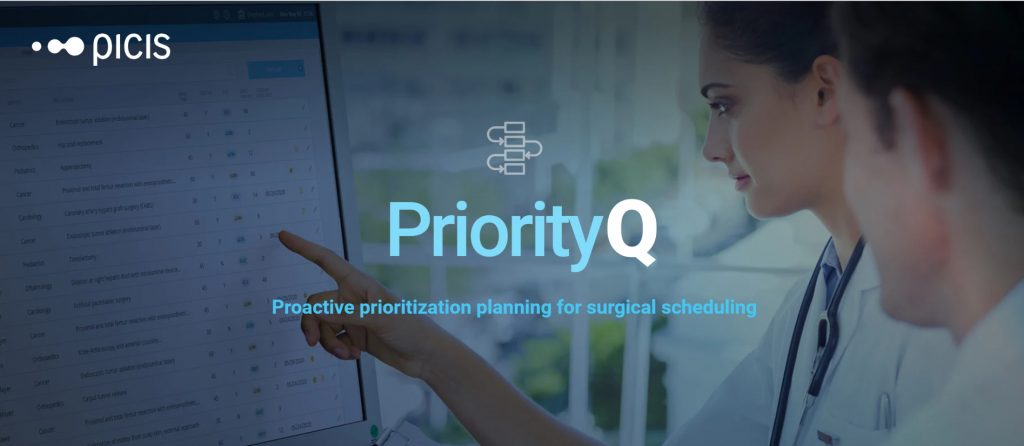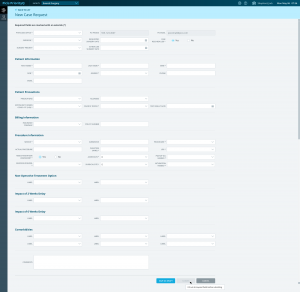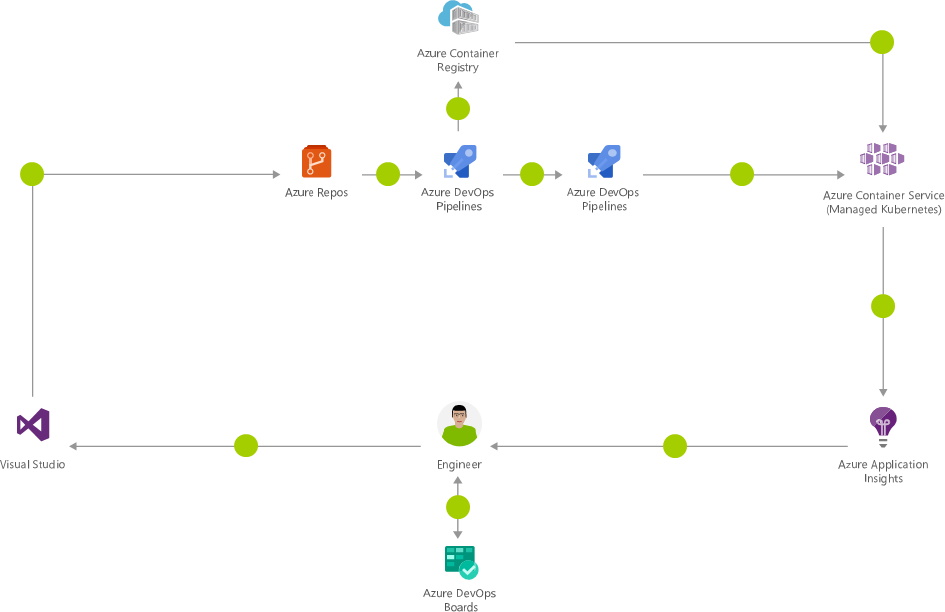Healthcare solution provider Picis and technology partner team up to realize the migration
Since 2013, we have been helping our customers migrate their applications to the cloud or set up the infrastructure, whether it is Microsoft Azure, Amazon Web Services (AWS), or an on-premise solution.
A web-based solution that can integrate with existing software in the market
One of our clients is Picis, a global provider of clinical information solutions headquartered in the USA. Picis continuous to focus and specialize its integrated suite of solutions in life-critical areas of the hospital where the patients are the most vulnerable, the care process is the most complex, and an increasing majority of hospital costs and potential revenue are concentrated. Historically, all their products are on-premise, but they are investigating the efforts and needs to move to the cloud. Picis has a new initiative that they are working on, PriorityQ, which they want to build as a stand-alone product that can integrate with their existing products as well as others in the market. PriorityQ is a web-based solution designed to assist healthcare providers in managing surgical backlogs and waitlists through proactive prioritization planning.
“This is the second project we have been working with Yonder, and both collaborations have been successful. Based on our past experiences, we plan to continue the engagement in future projects. That, to me, shows our satisfaction with the work done.”
Marc Lloses Padilla, Vice President Research & Development, Picis
The collaboration between Picis and Yonder started in 2019 when Picis attended the annual Yonder hackathon and worked together with our teams to shape ideas and turn them into opportunities. The hackathon experience was a success, and the Picis’ team decided to continue with one of the ideas that we explored during the hackathon. In July, we started the development of Orchestrator. This platform allows visibility and control across the many systems that perioperative teams use to schedule all staff in and around the OR.
From a successful MVP to DevOps
So, after we successfully delivered the Orchestrator MVP, Picis turned to us, their technology partner, to help with the cloud migration. And thus, the regular Yonder Picis team turned to the specialized DevOps unit within Yonder, which is mainly focused on delivering innovative solutions for Infrastructure, Cloud, and Security services.
We started by setting up a discovery meeting with the Picis team. Here we clarified the requirements and set the expectations. We had to migrate one of their applications to Azure Cloud, plus, we had to do it in one month. This meant that we quickly prepared a technical proposal, shared it with the customer, and started setting up the infrastructure.
The infrastructure – the technical part
For our approach, we had to consider the time constraints as they were one of the determining factors of the project. We based the infrastructure architecture on Azure Kubernetes Service and the Azure SQL Database service. We believe that the Azure Kubernetes Service is the most cost-efficient solution to running multiple web applications in a cloud context. It offers the ability to optimize resource usage by spinning up or down worker nodes based on the amount of usage one might have. And you manage the application access and security from a single place. Kubernetes and the AKS itself are mature services with plenty of options to automate and manage deployments. We chose the Azure SQL Database service because, when you go towards the cloud, you want to take full advantage of the managed services, reducing the maintenance burden of your own team. Operations on the Azure SQL Database service can also be easily automated using pipelines, which fulfilled one of the project’s requirements.
Our implementation approach
Next to what is shown in the image above, we also have the Azure SQL Database related pipelines. The architecture is derived from a common scenario for CI/CD with containers:
From the implementation perspective, we chose to take the ‘Infrastructure as a Code’ approach. We split the implementation into two high-level parts. One part handles the creation of the Azure resources and their configuration, and the other part manages the application deployments.
The first part of the implementation concerns the creation, configuration, and management of the Azure resources. Everything is handled using Azure DevOps pipelines for easy maintenance and a rigid structure for the operations.
The second part is the application deployment, which again has been split into two high-level operations. To understand why we have to look at which components a deployment requires. To deploy the application successfully, we must create Kubernetes deployments and create SQL databases on our Azure SQL Server.
The Kubernetes deployment uses a tool for managing Kubernetes applications. We configured this part to allow for multiple deployments of the application with different configurations. The database publishing is handled in a separate pipeline that creates the database and publishes the database structure. The entirety of the application deployment is done from Azure DevOps pipelines.
The benefits of migrating to the cloud
The result is the application running happily on Azure Kubernetes Service and using Azure SQL Database service to store its data.
This new MVP was the perfect trial case for Picis. They reviewed the benefits that they could achieve, building them on the cloud. Their main reasons were:
- Easy deployment: One of our more significant complaints about upgrades from our customers is the time they need to be down in order to upgrade.
- Easy upgrade: as a deployment on-premise takes a lot of effort, we used to reduce the number of deployments, adding more features to a new release (minor release, service pack, or patch.) Now we can have short updates to allow quick fixes or small features.
- Low cost: a cloud infrastructure could reduce the need for a hardware infrastructure, which is a cost challenge for smaller customers.
- PoC: our current initiative will be the proof of concept for moving all our products into the cloud. We want to offer all our core products on the cloud at some point in time.
Looking back, it was an interesting journey where the team quickly adapted, applied the industry best practices in a short amount of time, and achieved great results. It will take some time to gather valuable data on the actual gains of deploying in the cloud; however, the preliminary figures are positive.
 “I would say that professionalism is the word that describes how we feel about the collaboration.
“I would say that professionalism is the word that describes how we feel about the collaboration.
Yonder provides the full structured service for a project, which allows us to focus on our clients and business as usual. Yonder is in control of the project management and delivery. They continuously monitor the scope and speed of the project they share during weekly reviews, daily standups, and monthly steering committees. Yonder has a big group of professionals that know the areas of expertise that we need and are backed up by a team of experts within the organization.
This means that Yonder has given us the team and expertise needed to make this a success.”
Marc Lloses Padilla, Vice President Research & Development, Picis
For more information, please contact our DevOps team and Yonder Innovation labs.
STAY TUNED
Subscribe to our newsletter today and get regular updates on customer cases, blog posts, best practices and events.














